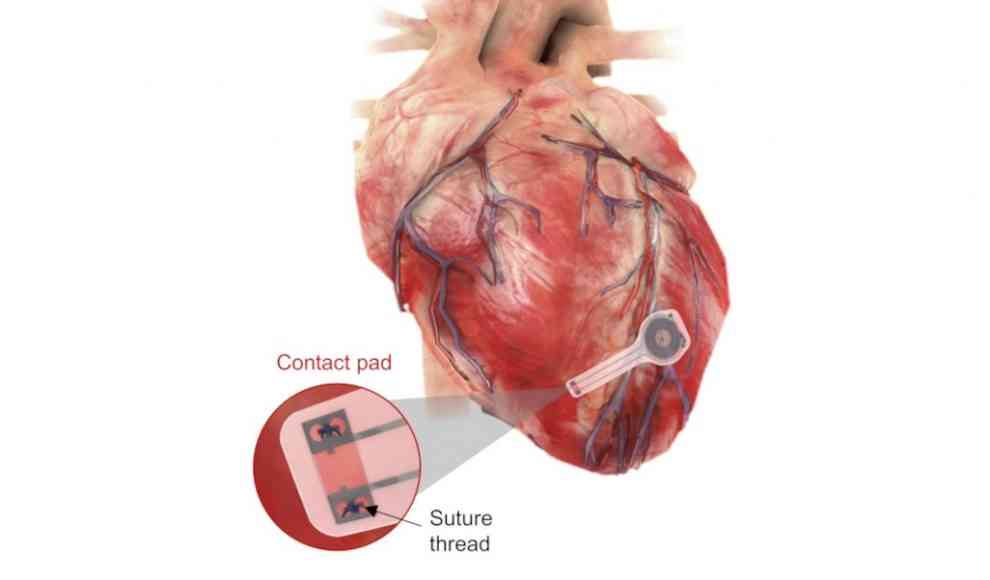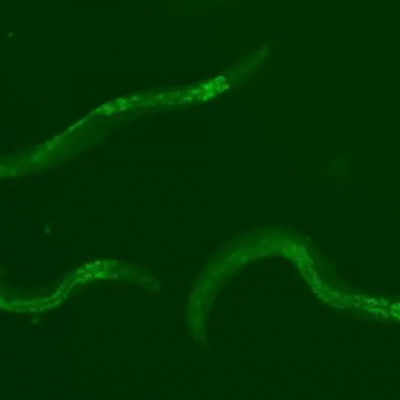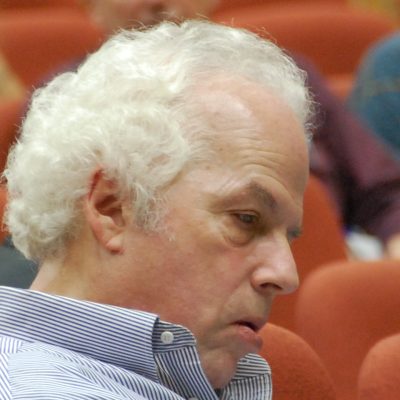The development of a fully biodegradable temporary pacemaker has been hailed as a significant breakthrough in modern medicine. Every year, hundreds of thousands of people receive pacemakers to help with heart rhythm disorders. However, sometimes a pacemaker is only needed temporarily, and removing it requires another operation. To avoid this unnecessary risk, a team at Northwestern University has developed a pacemaker that can be completely absorbed by the body.
Temporary pacemakers that do not require another operation already exist. However, these pacemakers have electrodes sewn directly onto the heart muscle, and the necessary wires are led out of the patient’s chest to an external pacemaker box. This procedure is risky, as the wires can easily become dislodged, and the exit point from the chest can become infected. Additionally, the entire process is uncomfortable for the patient, who must be constantly monitored to ensure that the sensitive apparatus is functioning correctly.
The new pacemaker, designed by a team at Northwestern University, is made of biopolymers that are already used in other areas of medicine. Even the silicon-containing parts of the device, which are responsible for the electronic functions, break down into completely harmless substances. The pacemaker is incredibly thin and weighs less than half a gram. It receives energy wirelessly through resonant inductive coupling, a technique also used in some mobile phones. Once it is no longer needed, the energy sender can be easily removed, and the pacemaker at the heart will be completely absorbed by the body. The new technology is simpler, safer, and more comfortable for the patient than previous temporary pacemaker options.










